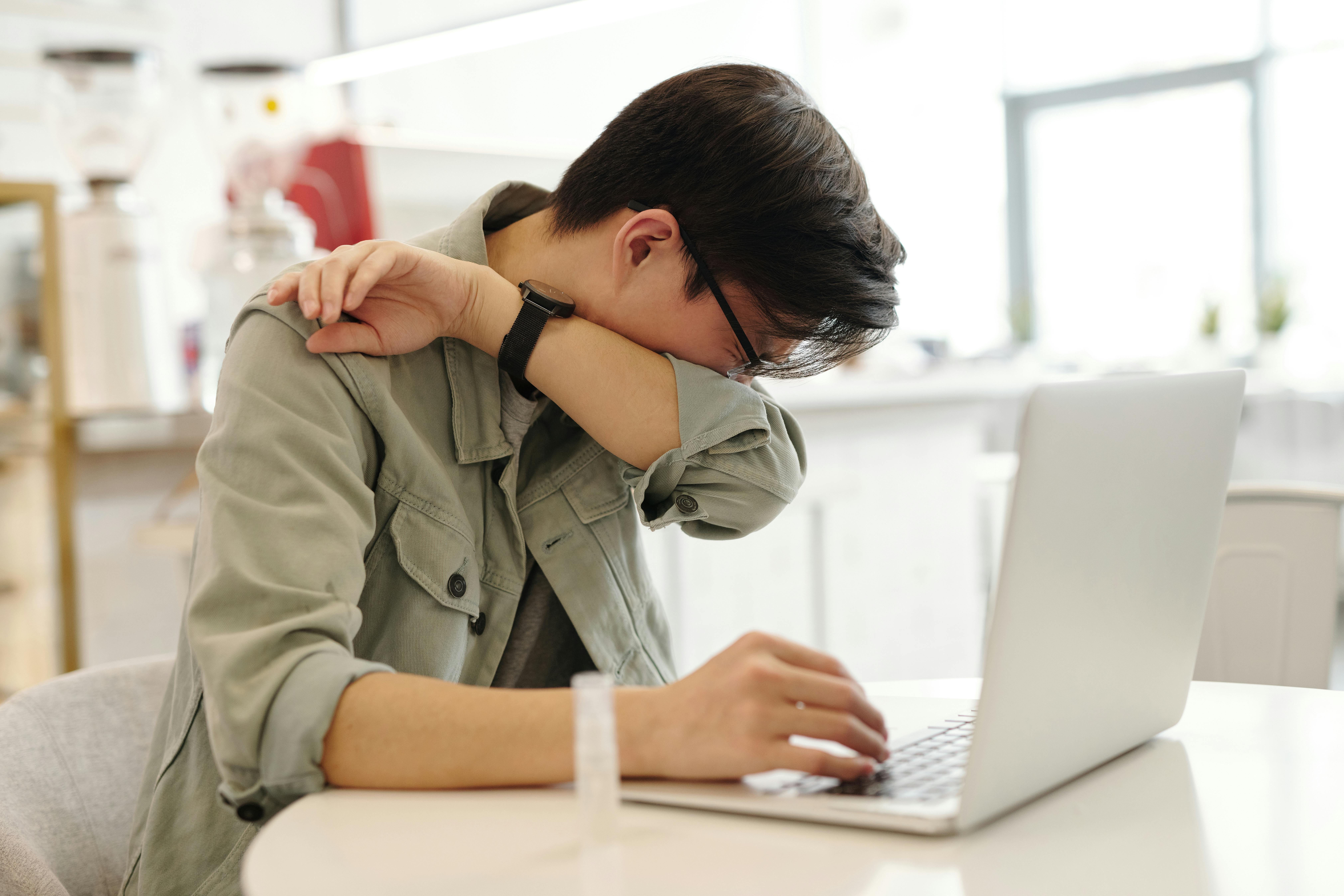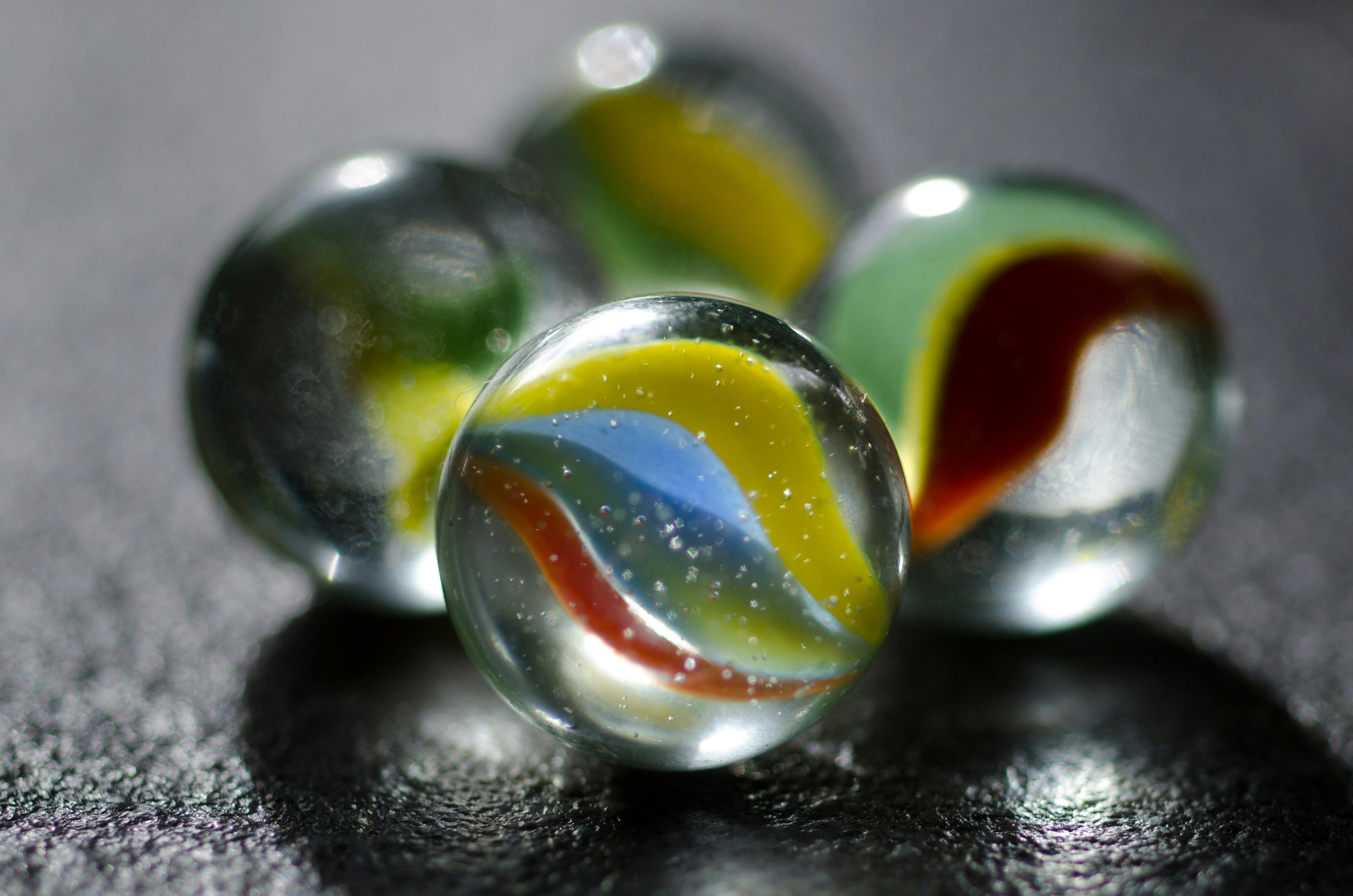Effective Ways to Get Rid of Chalazion in 2025: Discover Proven Remedies

Effective Ways to Get Rid of Chalazion in 2025
Chalazion, a common eyelid bump caused by blocked oil glands, can lead to discomfort and aesthetic concerns. Understanding how to effectively treat chalazion is essential for those affected, as improper management can lead to complications like infection or repeated occurrences. This article explores proven remedies and treatment options for chalazion, emphasizing preventive measures and proper self-care. Key takeaways will include natural remedies, medical procedures, and lifestyle changes that contribute to eye health.
Understanding Chalazion: Causes and Symptoms
To effectively treat chalazion, it is crucial to understand its underlying causes and symptoms. Chalazion typically occurs due to the blockage of meibomian glands that produce oil for eye lubrication. Factors such as poor eye hygiene, skin conditions, and certain medical conditions can contribute to its formation. Symptoms often include a painless swollen lump on the eyelid, redness, and, in some cases, tenderness or discomfort. Recognizing these signs early can significantly aid in treatment choices.
Chalazion vs. Stye: Key Differences
Both chalazion and styes are eyelid bumps, but they differ significantly in their causes and symptoms. A stye is typically caused by a bacterial infection affecting the hair follicles or oil glands, resulting in painful, red, and swollen bumps. In contrast, a chalazion is generally non-infectious and may not exhibit tenderness or pain. Understanding these differences can help in determining the appropriate treatment approach for each condition.
Common Causes of Chalazion
Several factors can contribute to the development of chalazion. Poor eye hygiene often leads to the clogging of eyelid glands. Certain skin conditions like rosacea or seborrheic dermatitis can increase the risk of chalazion. Additionally, allergies or chronic inflammation in the eye area may exacerbate the chances of forming these lumps. Maintaining good eye hygiene can help mitigate some of these risks.
Recognizing Symptoms of Chalazion
The symptoms of chalazion can vary based on severity. Initial signs often include a small, painless bump on the eyelid which may gradually enlarge over time. Redness and swelling may also appear but are generally minimal compared to the symptoms of a stye. Recognizing the visual signs of chalazion can prompt early intervention, which is crucial for minimizing discomfort and preventing complications.
Proven Remedies for Chalazion Treatment
When exploring treatment options for chalazion, several home remedies and over-the-counter solutions are available. The effectiveness of these remedies can vary from person to person, but many individuals report satisfactory results when following a consistent care routine.
Warm Compress for Chalazion
One of the most recommended treatments is the application of a warm compress. This simple method helps to increase blood circulation to the affected area, which can facilitate the drainage of fluid, reduce inflammation, and promote healing. It’s advised to apply a warm compress for about 10 to 15 minutes, several times a day, especially in the early stages of chalazion formation. Keeping eyelids clean and dry after treatment is also essential to prevent further blockage and irritation.
Topical Treatments for Chalazion
There are various over-the-counter topical treatments designed specifically for chalazion relief. Anti-inflammatory medications can help reduce swelling, while topical antibiotics may be beneficial if there's any sign of infection. It’s important to consult with a healthcare provider to determine the most appropriate topical treatment for your condition.
Eyelid Massage for Chalazion
Gentle eyelid massage can also promote the removal of blockage in the glands. Using clean fingers, apply a light circular motion around the chalazion after warming the area with a compress. This technique not only helps in inflating the blocked gland but also supports drainage. Regular eyelid massage, when combined with hygiene practices, can significantly speed up recovery times.
Professional Treatments for Chalazion
In cases where home remedies do not yield satisfactory results, or if the chalazion is recurrent, seeking professional treatment options is advisable. Medical intervention may include minimal surgical procedures that can effectively remove the chalazion.
Chalazion Surgery
The surgical removal of chalazion is typically reserved for larger, persistent lumps that do not respond to other treatments. This outpatient procedure involves a small incision to drain the fluid from the cyst, providing immediate relief for those experiencing discomfort. Post-operative care is crucial for optimal healing, and patients should follow their doctor’s recommendations regarding follow-up appointments and care.
Injection Therapy for Chalazion
Another popular method for treating chalazion is injection therapy, where steroids are injected directly into the cyst to reduce inflammation and promote healing. This option is particularly useful for flatting large chalazia or when surgery is not a suitable option. Patients should discuss the benefits and risks of this treatment with their eye care specialists.
When to See a Doctor for Chalazion
It’s important to understand when professional medical attention is required for chalazion. If a chalazion does not improve within a few weeks or worsens with increased redness or pus, it is crucial to consult a healthcare provider. Additionally, anyone experiencing persistent discomfort or changes in vision should seek immediate attention. Early diagnosis and treatment can prevent potential complications associated with untreated chalazia.
Long-term Management and Prevention Strategies
Once a chalazion has been treated, taking proactive steps toward management and prevention is essential to avoid recurrence. Practicing good eye hygiene, identifying allergies, and making lifestyle changes can all contribute to healthier eyelids.
Eye Hygiene Fundamentals
Maintaining proper eye hygiene is vital for preventing chalazion reoccurrences. This includes regular cleaning of the eyelids with gentle cleansers, avoiding makeup on affected areas, and being cautious around allergens. Incorporating a gentle cleansing routine into your daily life can foster better eyelid health and reduce the risk of blockages.
Dietary Impact on Chalazion
Your diet can influence your overall eye health and potentially impacts chalazion conditions. Incorporating foods rich in antioxidants and omega-3 fatty acids, such as fish, nuts, and leafy greens, can help support eye health and reduce inflammation. Staying hydrated is equally important for maintaining optimal eye function and moisture levels.
Challenges with Eyelid Health
Living with chalazion presents emotional and physical challenges, especially when repeated occurrences lead to self-consciousness or discomfort. Community support and education about this condition can empower individuals to seek appropriate care and adopt effective treatments. Online forums and groups provide valuable resources to connect with others who understand the plight of chalazion sufferers.
Q&A: Common Questions about Chalazion
What are the main causes of chalazion? Chalazion are typically caused by blocked oil glands or poor eye hygiene. Allergies and underlying skin conditions may also contribute.
How long does chalazion last? The healing time varies; many chalazia resolve within a few weeks. However, persistence beyond this period may require medical intervention.
Can I treat chalazion at home? Yes, many cases can be effectively managed with warm compresses and good eye hygiene. Over-the-counter treatments are also available.
How do I prevent a chalazion from recurring? To prevent recurrence, maintain good eyelid hygiene, manage allergies, and follow a diet that supports eye health.
When should I see a doctor for a chalazion? If symptoms worsen, involve increased pain, redness, or vision problems, it's advisable to consult with a healthcare professional promptly.

 ```
```